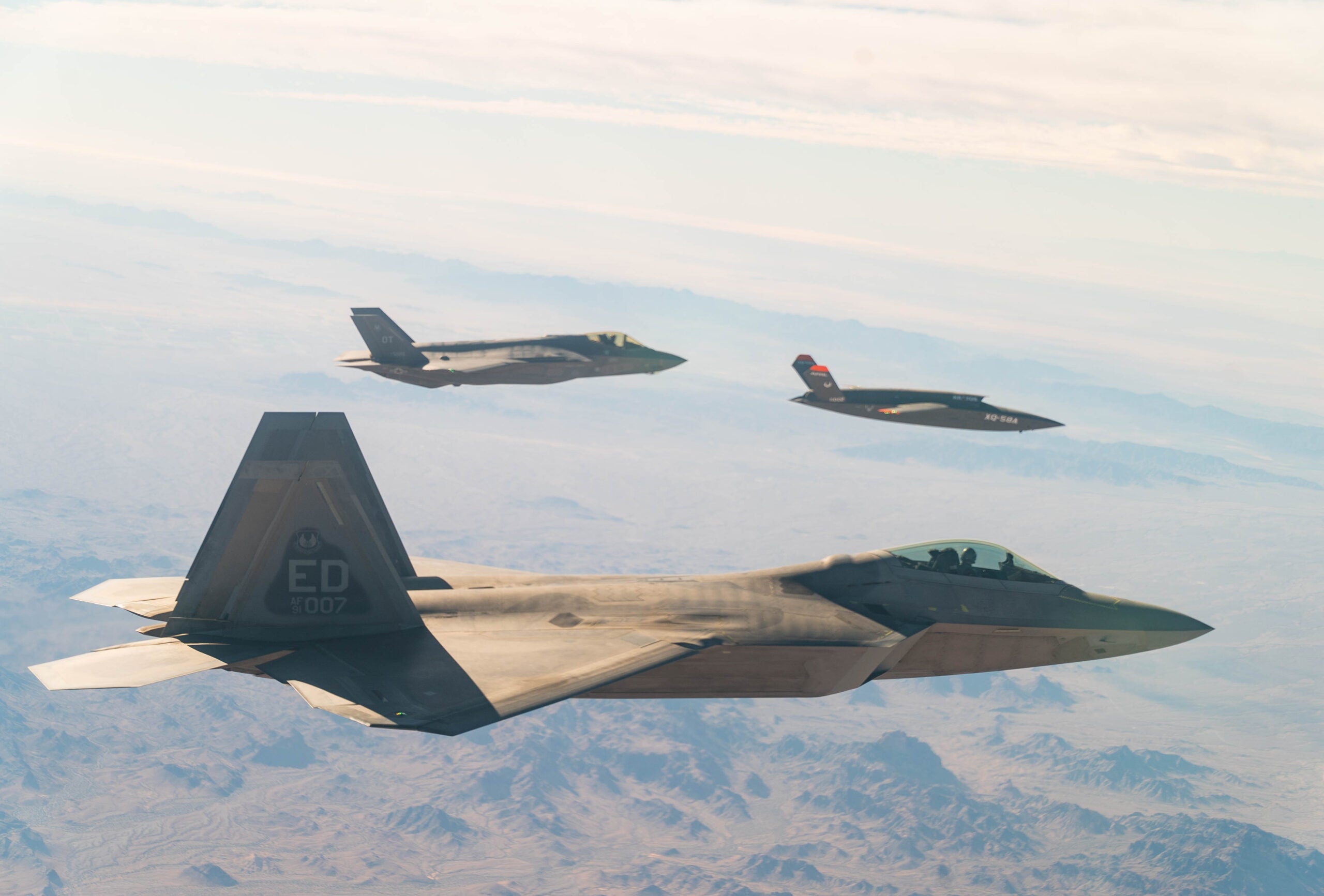
Paukstis told Army Technology that having a strong networks business was ‘extremely important for Northrop Grumman serving as a ‘fundamental architecture’ as armed forces look towards a more interconnected way of operating.
She said that she believed Northrop Grumman was in a ‘unique position’ to combine ‘broad and innovative, integrated capabilities’ together across the domains of air, land, sea cyber and space, adding that the company’s work on advanced networking and processing was ‘fundamental’ to achieving this.

Discover B2B Marketing That Performs
Combine business intelligence and editorial excellence to reach engaged professionals across 36 leading media platforms.
Paukstis added that market leadership in advanced networking was a key focus for the company as it moves forward.
Describing the new Networked Information Solutions Division (NIS), Paukstis said: “Our ultimate goal is really to be one of the most trusted DoD [US Department of Defense] partners by bringing forward industry-leading solutions in cyber, secure communications, networking, information inference, advanced processing, to meet the most challenging mission needs of today and tomorrow.
“By bringing these capabilities together in a purposeful way, this NIS division will create significant advancements in cross-domain connectivity, edge processing, and high speed, cyber-secure, resilient command and control aimed at providing our customers with a decisive advantage over increasing near-peer threats.”
Northrop Grumman is supporting the US Air Force’s Advanced Battle Management System (ABMS) development as part of the DoD’s wider Joint All-Domain Command and Control (JADC2) plans.

US Tariffs are shifting - will you react or anticipate?
Don’t let policy changes catch you off guard. Stay proactive with real-time data and expert analysis.
By GlobalDataThe company is also working on developing and fielding the ‘gatewayONE’ system, using its existing Freedom Radio and other gateway technologies. gatewayONE is designed to enable fifth-generation fighters like the F-22 and F-35 to share data between each other and fourth-generation fighters.
Last December, the US Air Force announced that gatewayONE had flown on an attritableONE XQ-58A Valkyrie UAS. Typically, fifth-generation fighters can only communicate with command-and-control stations or other aircraft using legacy data links rather than the native ‘languages’ they use to process data.
The gatewayONE system can translate between different formats used by fighters and move data that normally has to be sent to a ground station directly between aircraft.
Commenting on Northrop Grumman’s work on ABMS, Paukstis said: “The result of that is this net-centric fifth to fifth-generation aircraft communications that are able to be integrated with other platforms and a modular open architecture gateway. Very recently, in the summer of last year, our freedom radio successfully integrated within the atrritableONE platform and we were able to demonstrate and enable fifth to fifth-generation aircraft communications.
“One of the key successes was establishing that secure two-way translational data path across multiple platforms and multiple domains. The success of that demonstration showed that our freedom radios have those innovative and integrated capabilities to connect advanced fighters, as well as the adaptability to really meet emerging mission demands and advanced functionality to realize that DoD vision for JADC2 on very accelerated timelines.”
On JADC2, Paukstis said that while the DoD was trying to break down internal siloes to connect all domains and branches of the US military, Northrop Grumman was doing the same across the business.
Paukstis said that combining a scalable open architecture system with the right multi-level security would be ‘key enablers’ to the creation of a future ‘internet of military things’.
Last December, Northrop Grumman’s Battlefield Airborne Communications Node (BACN) gateway passed 200,000 combat operational flight hours since its initial deployment in 2008 with the US Air Force. The BACN system is fitted on four EQ-4B Global Hawk uncrewed aerial systems (UAS) and three modified E-11A business jets.
Paukstis added: “BACN enables warfighters and platforms to effectively communicate and securely share data across all military branches, which is really at the heart of JADC2. We’re not only leveraging our current gateway systems and freedom radio offerings, but we’re bringing forward a new family of gateway systems that’s really designed to be platform agnostic.
“That will enable communications and cross-domain translations between multiple beyond line of sight networks and data lines and the development of these systems includes that focus on cyber secure and integrated functions like cloud computing, machine learning, and other capabilities.”



